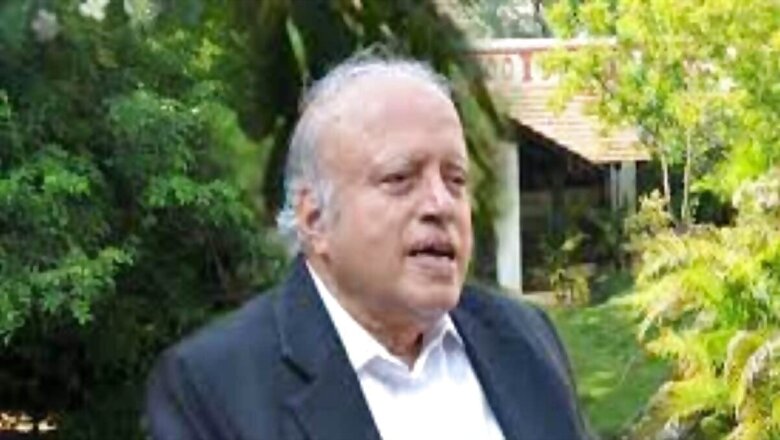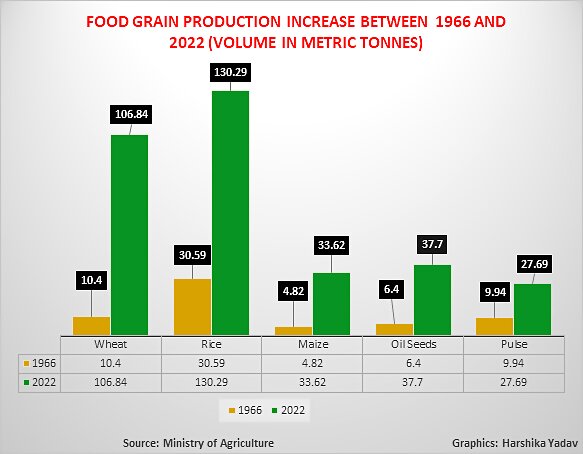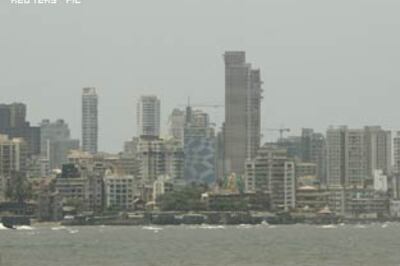
views
The Father of the Green Revolution in India, renowned agricultural scientist Monkomb Sambasivan (MS) Swaminathan, passed away on Thursday at the age of 98. He was a key figure in the series of agricultural reforms that enabled the country to achieve food security, saving it from starvation and reducing foreign aid dependence for food supply.
The Indian government began the Green Revolution in 1965 with the help of Swaminathan. His initiatives included promoting contemporary farming techniques and introducing Mexican semi-dwarf wheat seedlings to Indian agriculture. In 1966, the arrival of high-yield wheat from Mexico marked India’s entry into the Green Revolution.
Here are the figures on how food grain production revolutionised in India after 1966:
India produced 315.71 million tonnes of food grains in 2022 compared to 74.23 million tonnes in 1966, a 4.2% increase, according to the Ministry of Agriculture’s report. The report shows from 10.40 million tonnes in 1966 to 106.84 million tonnes in 2022, the production of wheat grew by 10.3%. From 30.59 million tonnes in 1966 to 130.29 million tonnes in 2022, rice production increased by 4.3%. From 4.82 million tonnes in 1966 to 33.62 million tonnes in 2022, the production of maize went up by 7.0%. From 9.94 million tonnes in 1966 to 27.69 million tonnes in 2022, the production of pulses grew by 2.8%. From 6.40 million tonnes in 1966 to 37.70 million tonnes in 2022, oilseed cultivation rose by 5.9%.

So what inspired him to revolutionise the Indian food production system?
The Bengal famine (1942-43) served as a turning point in Swaminathan’s life. After seeing the devastating effects of rice shortages and the millions of lives lost, Swaminathan decided to dedicate the rest of his life to agricultural research and addressing the current crisis of food security.
As per the book published by the MS Swaminathan Research Foundation, he said, “In 1942-43, there was the Bengal famine. Many of us, who were students at that time asked ourselves, what can we do for independent India? So I decided, because of the Bengal famine, to study agriculture.”
He added, “In 1947, when India became independent, we were producing about 6 million tonnes of wheat a year. By 1962, wheat production went to about 10 million tonnes a year. But between 1964 and 1968, annual production of wheat increased from about 10 million tonnes to about 17 million tonnes… It was a quantum jump in production, and that is why, it was called a revolutionary step.”
The nation’s agricultural development was hampered by decades of colonial rule and World War II. To improve the crop production sector, the country needed the necessary resources post-independence. In India’s low-income farming communities, Swaminathan’s green revolution initiatives paved the path for more effective farming practices that increased production. In addition to finding ways to increase yields, his study focused on improving the disease resistance and climate and soil compatibility of several grain varieties.




















Comments
0 comment